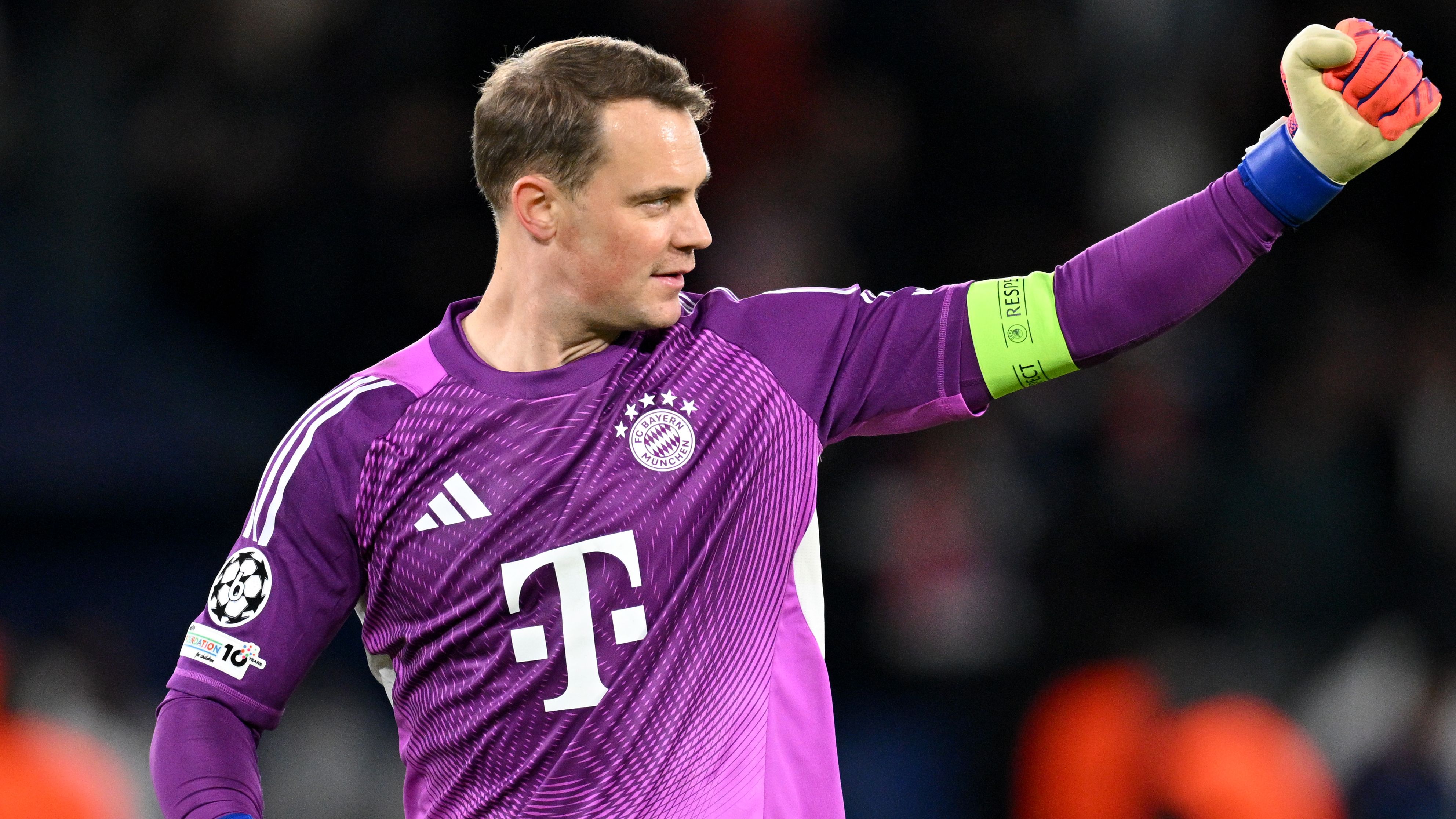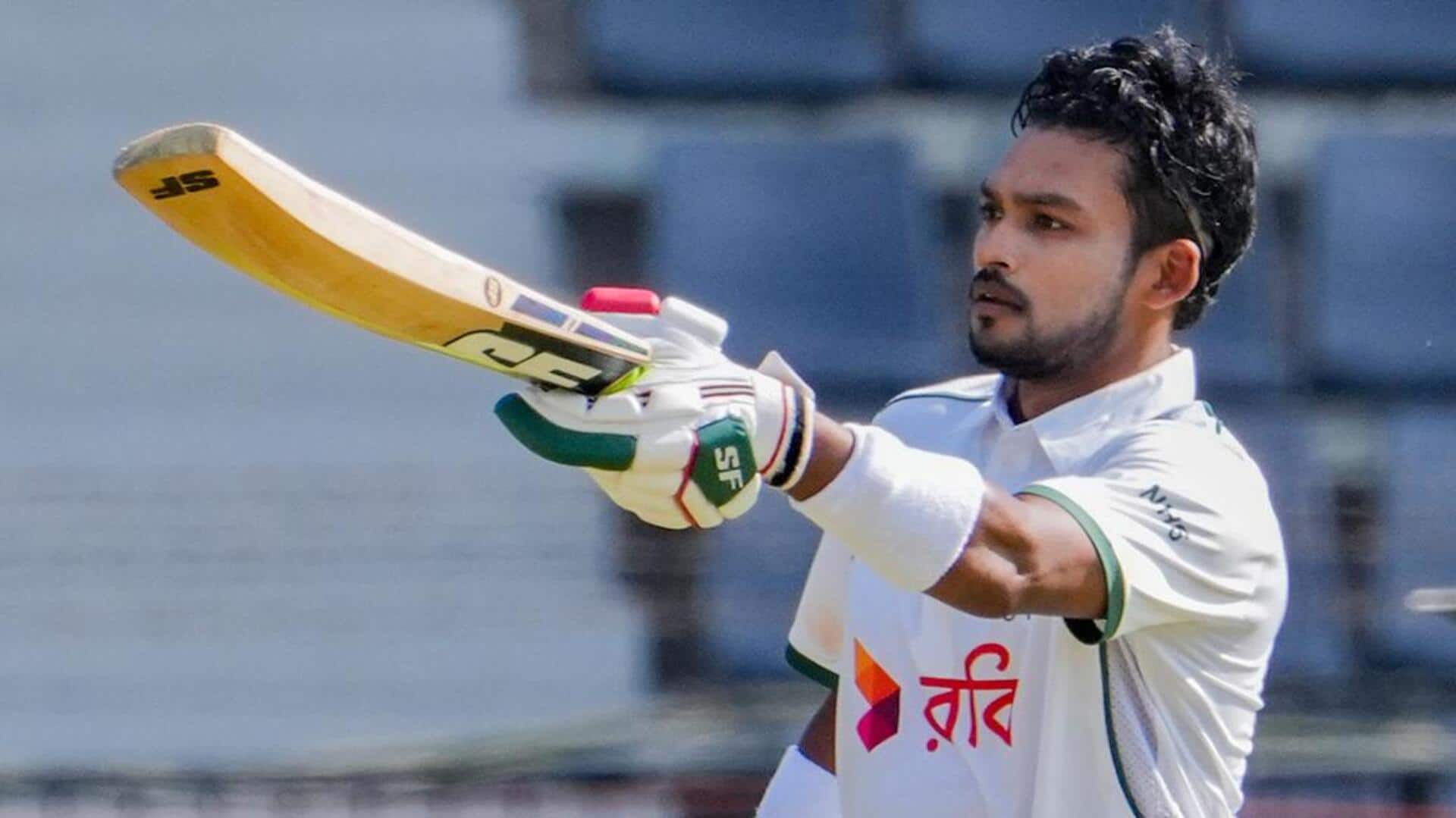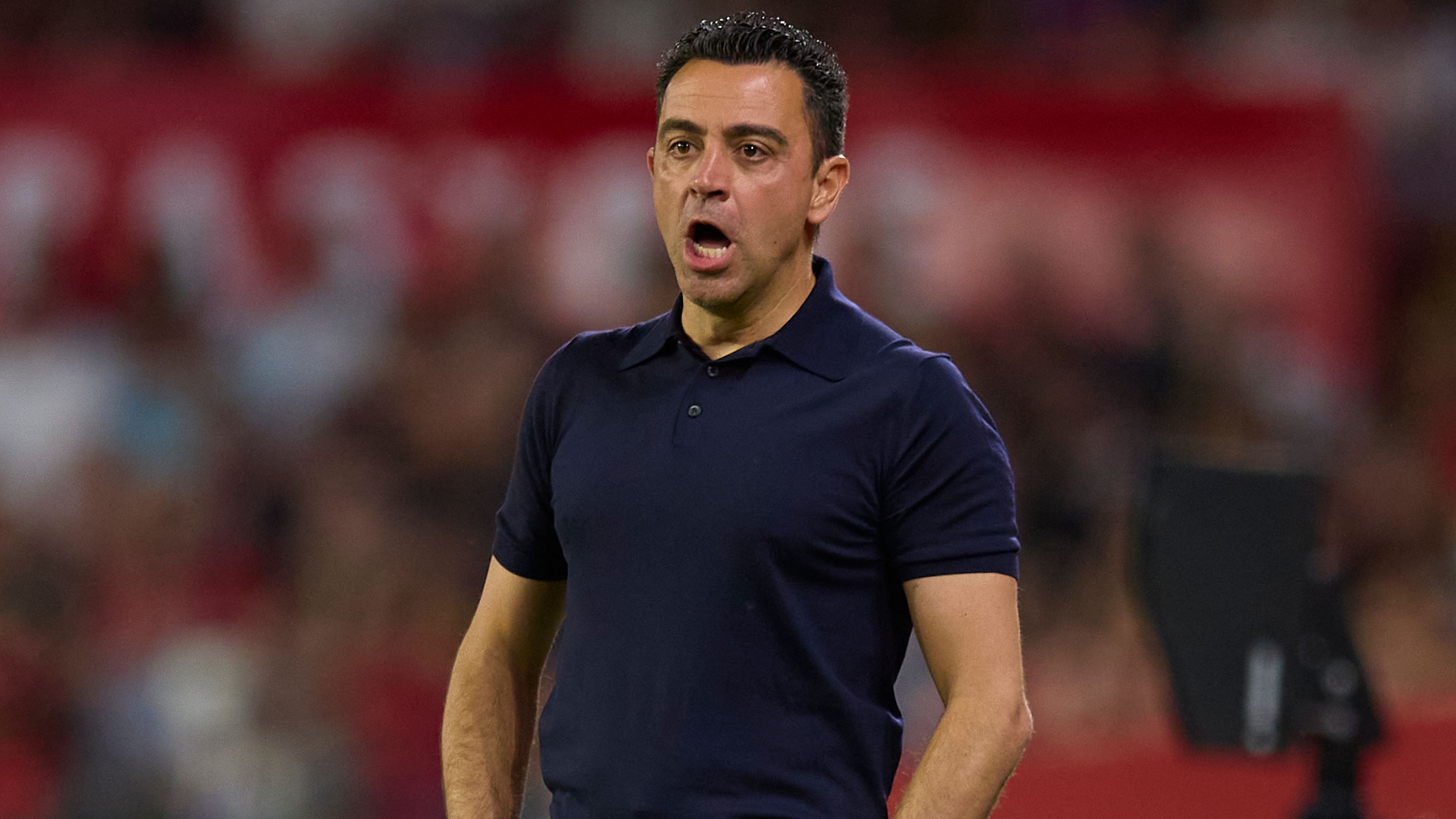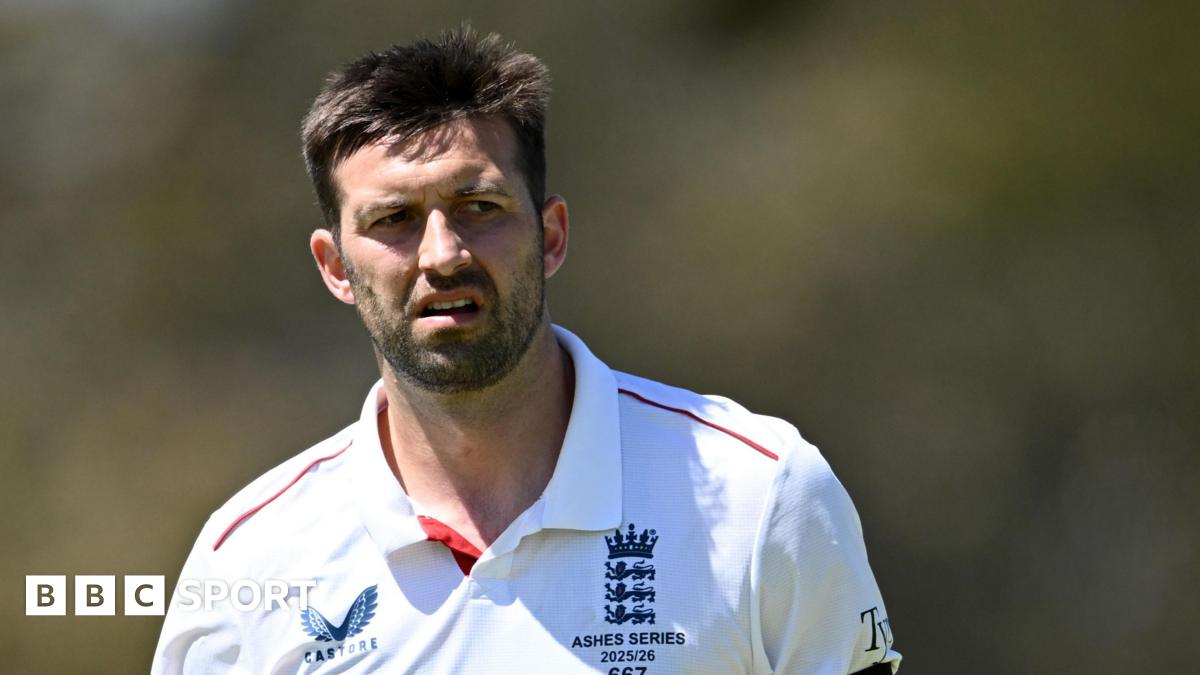Perth warning: Rohit Sharma, Virat Kohli, and Shreyas Iyer show cracks ahead of India’s 2027 ODI plans

India’s star batters -- Rohit Sharma, Virat Kohli, and Shreyas Iyer -- struggled in Perth, scoring just 19 runs between them against Australia in the first ODI in Perth. Limited match practice and absence from multiple formats exposed the technical flaws, raising concerns ahead of the 2027 ODI World Cup in South Africa.Rohit Sharma (L), Virat Kohli (C) and Shreyas Iyer (R) - all of whom play single format for India - produced paltry returns in the first ODI vs Australia in Perth. (AFP/AP/IANS)Lack of real match practice for India’s star batters Virat Kohli, Rohit Sharma, and Shreyas Iyer could hurt India’s ODI plans leading up to the 2027 World Cup. The recent Perth ODI against Australia was a small warning sign. Kohli, Rohit, and Iyer form India’s top four, but all three are currently playing only one format. Rohit and Virat have retired from T20Is and Tests, while Shreyas Iyer, who has taken a six-month break from red-ball cricket, is not part of India’s T20I setup for the upcoming World Cup in February next year.Virat Kohli, Rohit Sharma, Shubman Gill struggle as India falter in first ODI vs AustraliaThe Indian cricket team was slated to play 27 ODIs according to the ICC’s Future Tours Program (FTP) 2023–27. The three-match ODI series against Bangladesh, which was scheduled for August, has been postponed, and the first ODI at Perth was not a promising start for India’s quest for the 2027 ODI World Cup. Rohit, Virat, and Shreyas lasted just 46 balls between them, managing only 19 runs. Rohit and Virat were playing a competitive match after a gap of five months and looked rusty. Meanwhile, Shreyas, who has played for India A and in the Duleep Trophy, had his technical flaws exposed again. Both Josh Hazlewood and Mitchell Starc, who stand six feet six inches tall, have a high release point of almost 2.15 metres (nearly 7.05 feet). Whatever length they bowled, the duo generated extra bounce, with almost every ball hitting the top half of the bat. Perth was a bouncy track, and India’s top order looked all at sea.Rohit Sharma scored 8 in the first ODI against Australia in Perth. (Screenshot)The ball that dismissed Rohit Sharma wasn’t particularly short, but it rose sharply to armpit height outside the off-stump, striking the upper portion of Rohit’s bat. He could have left it alone, but ended up poking at it. The unexpected bounce surprised him; yet it wasn’t due to the pitch — it was Hazlewood’s skill that gave it its sting.Virat Kohli fell for a duck against Australia in the first ODI played in Perth. (Screenshot)Virat Kohli, who registered his first duck on Australian soil, was also troubled by that length. Starc and Hazlewood had troubled Kohli in the past too. In 10 ODI innings, Hazlewood had dismissed Kohli five times — averaging a wicket every second innings. But it was Hazlewood’s new-ball partner, Starc, who sent Kohli back. Kohli went for a booming shot, chasing the ball away from his body, and Cooper Connolly, patrolling at backward point, took a spectacular catch. It was a shot born out of desperation to get off the mark, which we have rarely seen from Kohli in a format where he is an undisputed king.Shreyas Iyer departed while trying to fend off a Josh Hazlewood delivery. He scored 11 runs against Australia in the first ODI. (Screenshot)Meanwhile, Shreyas Iyer’s struggles against short-pitched balls are well documented. The newly appointed ODI vice-captain had been prolific in the last two 50-over ICC tournaments. In the Champions Trophy earlier this year, he was India’s leading run-getter with 243 runs in five innings. Iyer had hammered 530 runs during the 2023 ODI World Cup. He had been pivotal in India’s success in both tournaments, but in Perth, Hazlewood exposed a chink in Shreyas’ armour again. Relentless Hazlewood denied Shreyas any width, hitting the deck hard and creating an angle from a good length, which tangled Shreyas up. As he tried to adjust and negate the extra bounce, rising around his ribs, the ball ended up brushing his gloves.Watch: Cooper Connolly takes a blinder as Virat Kohli goes for duck The three dismissals have raised eyebrows as the next World Cup will be held in South Africa, where pitches will be bouncy. India will play only two away ODI series to tackle the bounce factor: the ongoing three-match series against world champions Australia, and another against England in July 2026. However, the spice in English pitches has lessened, as it doesn’t suit their “Bazball” approach.Is playing the IPL enough?PlayerMatchTournament/FormatDateDays GapVirat KohliRCB vs PBKSIPL3 June138 daysRohit SharmaMI vs PBKSIPL1 June140 daysShreyas IyerIndia A vs Australia AList A5 October14 daysIn the case of Shreyas, he is playing for India A and, after taking a break from four-day cricket, will likely be available for Mumbai in the Vijay Hazare Trophy. But the big question is whether the two senior stars, Kohli and Rohit, will play domestic 50-over tournaments to stay match-ready. It doesn’t matter how hard they train in the nets; having played enough cricket, they know there is no substitute for real match scenarios. Since Rohit and Virat now play only one format, their rustiness was visible in the first outing. Playing just the IPL won’t guarantee them a spot in India’s 2027 ODI World Cup squad. If they want to pursue their broken November 19 dream and win the trophy in South Africa, they must play domestic cricket to stay match-fit. If they choose not to, they are doing a disservice to Indian cricket and their own reputations. After India’s Test series win against West Indies in New Delhi, coach Gautam Gambhir was asked, “Are Rohit Sharma and Virat Kohli still part of India’s plans for the 2027 World Cup?” Gambhir said: “Look, the 50-over World Cup is still two-and-a-half years away, and it is very important to stay in the present. Obviously, they are quality players; their experience will be invaluable in Australia as well. Hopefully, those two will have a successful tour, and more importantly, the team will have a successful series.” Gambhir may have dodged the big question, but he knows the clock is ticking. If he and Shubman Gill want India to take a step forward in 2027, they will need their ageing superstars match-ready. If not, India must blood talents like Yashasvi Jaiswal and Tilak Verma, giving them limited matches to prepare for the 2027 ODI World Cup.End of Article













